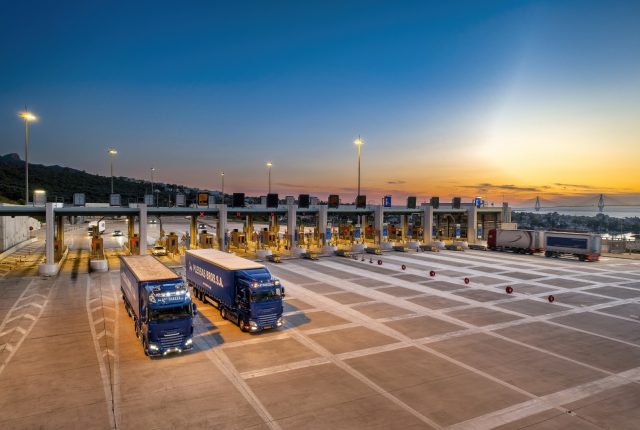
The Impact of Climate Change on Maritime Trade and Port Operations
Introduction
Climate change poses a significant threat to global maritime trade and port operations. Rising sea levels, increased frequency and intensity of storms, and changing weather patterns can disrupt shipping routes, damage infrastructure, and create economic instability. Understanding these impacts is crucial for developing strategies to mitigate risks and ensure the resilience of the maritime industry.

Rising Sea Levels
One of the most direct impacts of climate change on maritime trade is rising sea levels. Ports, often located in low-lying coastal areas, are particularly vulnerable. Higher sea levels can lead to increased flooding, which can damage port infrastructure, including docks, warehouses, and access roads. This disruption can lead to delays in loading and unloading cargo, increased operational costs, and ultimately, a negative impact on global supply chains.
Case Study: Port of Rotterdam
The Port of Rotterdam, one of the world’s largest and busiest ports, has already started to experience the effects of rising sea levels. The port has invested heavily in flood defenses, including raising the height of quays and reinforcing dikes. Despite these measures, the port faces ongoing challenges in maintaining operations during extreme weather events.
Increased Frequency and Intensity of Storms
Climate change is also associated with an increase in the frequency and intensity of storms. Hurricanes, typhoons, and cyclones can cause severe damage to port infrastructure, disrupt shipping schedules, and pose safety risks to personnel. The aftermath of such storms often leads to significant financial losses due to repairs, downtime, and lost cargo.
Case Study: Hurricane Harvey and the Port of Houston
In 2017, Hurricane Harvey caused extensive damage to the Port of Houston, one of the largest ports in the United States. The port was forced to close for several days, leading to substantial delays and economic losses. The experience highlighted the need for improved storm preparedness and resilient infrastructure to withstand such extreme weather events.

Changing Weather Patterns
Changing weather patterns, including shifts in wind and ocean current patterns, can affect maritime trade routes. Traditional shipping lanes may become less viable, requiring ships to take longer or more hazardous routes. This can increase fuel consumption, operational costs, and delivery times, affecting the efficiency and reliability of maritime trade.
Impact on Arctic Shipping Routes
As Arctic ice melts due to rising temperatures, new shipping routes are opening up, such as the Northern Sea Route. While this presents opportunities for shorter transit times between Europe and Asia, it also introduces challenges. Harsh weather conditions, lack of established infrastructure, and the potential for environmental damage pose significant risks to vessels operating in these waters.
Economic Implications
The economic implications of climate change on maritime trade are profound. Increased costs due to infrastructure damage, higher insurance premiums, and disrupted supply chains can lead to higher prices for consumers. Additionally, ports in developing countries, which may lack the resources to invest in resilient infrastructure, could face disproportionate impacts, exacerbating global economic inequalities.
Mitigation and Adaptation Strategies
To address the challenges posed by climate change, the maritime industry must adopt both mitigation and adaptation strategies. Mitigation efforts include reducing greenhouse gas emissions through cleaner fuels, energy-efficient technologies, and operational improvements. Adaptation strategies involve investing in resilient infrastructure, improving storm preparedness, and developing new trade routes that consider changing environmental conditions.
Innovative Solutions
Some ports are leading the way in implementing innovative solutions to combat climate change. The Port of Los Angeles, for example, has introduced an ambitious plan to become a zero-emission port by 2030. This includes transitioning to electric cargo-handling equipment, utilizing renewable energy sources, and enhancing infrastructure to withstand extreme weather events.
Conclusion
Climate change presents a multifaceted challenge to maritime trade and port operations. By understanding the impacts and investing in resilient and sustainable practices, the maritime industry can navigate these challenges and continue to play a vital role in global trade. Proactive measures taken today will determine the future resilience and efficiency of maritime operations in the face of a changing climate.




